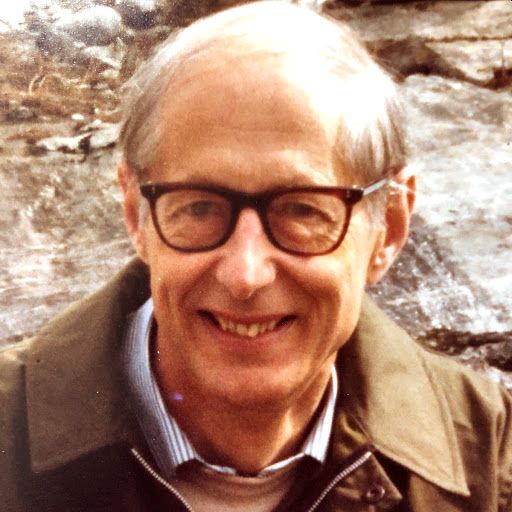
Physiology News Magazine
Obituaries – John Cotes
Membership
Obituaries – John Cotes
Membership
Written by Robert Maynard, Honorary Professor, Birmingham University, UK & Gareth Jones, Formerly Cambridge Clinical School, UK

John Cotes, who died in April this year aged 94, was a leader in the fields of respiratory physiology, exercise physiology and occupational lung disease. Cotes was born in Ashtead, Surrey, educated at Leighton Park School, New College, Oxford, and St Bartholomew’s Hospital Medical School, London. He then became a respiratory physiologist at the RAF Institute of Aviation Medicine Farnborough in 1949–1951, and from 1952 at the MRC Pneumoconiosis Research Unit (PRU) at Llandough, near Cardiff. With the exception of a year with Richard Riley at Johns Hopkins in 1957, he spent the next 25 years at PRU working on the physiology of occupational lung diseases and on his celebrated book, Lung Function. He moved to Newcastle University in 1978 where he continued his work on lung disease in shipyard workers with DJ Chinn and JW Reed. Throughout his long career he focused on human physiology: his work was in the classical tradition of Haldane, Priestley, Douglas and others of the Oxford school of physiology.
In 1952, Cotes was asked by the Royal Geographical Society to consider oxygen equipment for the forthcoming British Everest expedition. It was his first project. Oxygen equipment had a dreadful reputation following its failure on the 1938 expedition to the mountain. Nevertheless, he persuaded the climbers to use close-fitting masks and an open-circuit oxygen system based on the equipment used by the Wartime RAF bomber crews. He modified the masks using additional large–diameter valves to reduce the resistance to breathing and designed a cowl to prevent them from freezing, testing them himself in a wind tunnel at minus 25 degrees and wind speed of 25 mph. These newly designed masks enabled Hillary and Tensing to make the first ascent of Everest. He later adapted this approach in the development of portable oxygen systems for patients with respiratory disease and he was one of the first to demonstrate the benefits of the oxygen concentrator in patients.
Cotes’ work on lung carbon monoxide transfer factor has been a major and lasting contribution to what we know of how the lungs work. He developed automatic breathing circuits for administering small doses of carbon monoxide and introduced the term transfer coefficient, pointing out that the earlier term ‘diffusing capacity’ was inappropriate. His term, CO transfer factor, has been widely accepted by respiratory physiologists. Cotes published extensively on applications of this method in industrial diseases of the lung. His work on the role of haemoglobin and blood flow through the pulmonary capillaries in controlling the uptake of oxygen was a seminal contribution to the field. Cotes continued to work on transfer factor: a letter published in 2001 shows that at the age of 77 he had lost neither his capacity for critical comment nor his ability to suggest new lines of research.
Cotes’ textbook Lung Function is a single- author work, first published in 1965. The sixth edition (2006) is still in print, and for more than 50 years it has been the leading work in its field. Cotes decided to write his book having read Julius Comroe’s book The Lung (1955 and 1962). Comroe’s was the first textbook of pulmonary physiology but Cotes was convinced that the subject needed a fuller clinical context. His textbook was certainly fuller, extending into pathophysiology and occupational lung diseases. Cotes was fascinated by the effects of disease on lung function and explored this in his book. Those who learnt their respiratory physiology from Lung Function never forgot it. Cotes’ handling of the methods of testing lung function, of the distribution of ventilation and perfusion, of the subdivisions of dead-space could hardly be bettered. Lung Function is a lasting memorial to classical respiratory physiology in its full flowering and his work remains of permanent value.
John Cotes’ manner, dress and speech patterns reflected his Oxford education. He was, at least at first sight, a rather formal, perhaps even forbidding, figure: tall, thin, immaculately dressed, precise in his enunciation and quick to detect errors of logic in conversation. His laboratory work was meticulous, emphasising calibration of equipment, and establishing normal values of pulmonary function in widely different groups of individuals. But behind that facade was a very different man. He laughed like a schoolboy when amused, he was endlessly helpful and he was an exceptionally active gardener. He was particularly good with young research workers: encouraging, looking for opportunities to help and generous with ideas, time and advice.
John was happily married twice, first to Patricia who died in 1976 and then to Sarah who cared for him until he died.
